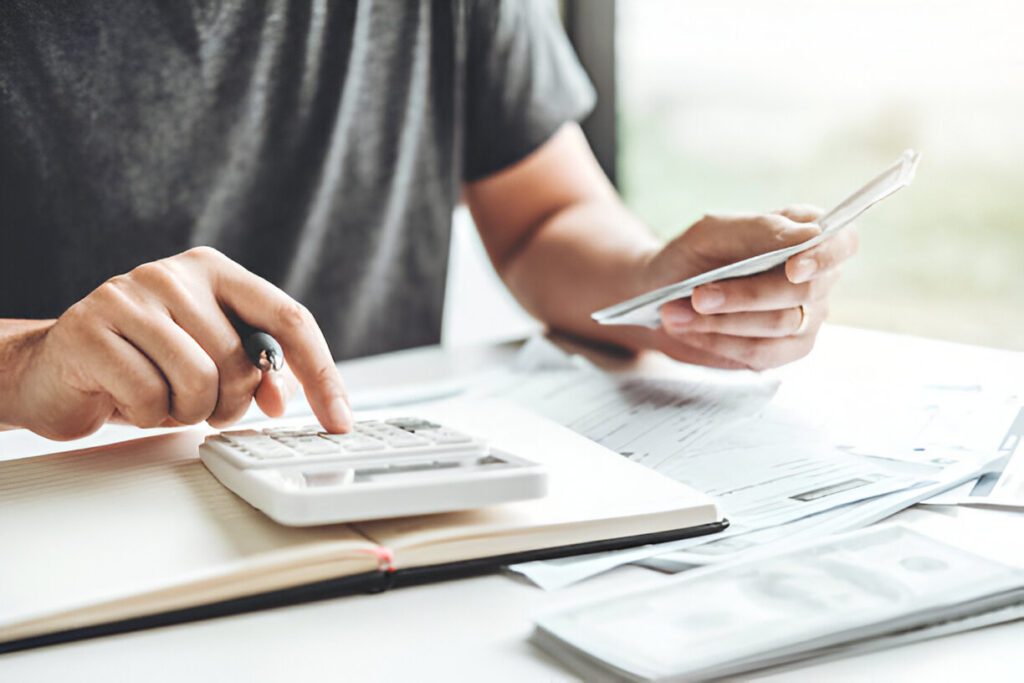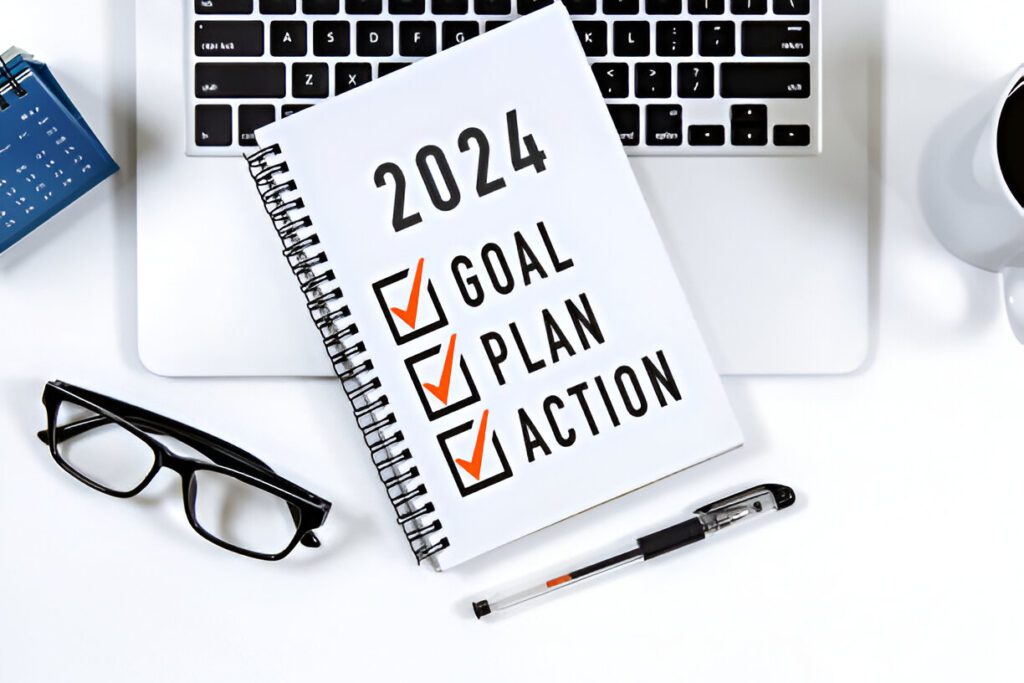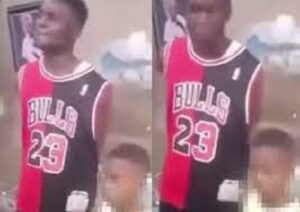A Personal Education Plan (PEP) is a critical tool for success in today’s education system. It is a tailored document designed to help students reach their academic and personal goals by outlining specific actions and strategies that take into account individual strengths, needs, and aspirations.
This article covers everything you need to know about Personal Education Plan (PEPs), offering a complete guide to ensure success in your educational journey.
What is a Personal Education Plan (PEP)?
A Personal Education Plan (PEP) is a customized roadmap designed to support students in achieving their educational goals. Unlike general academic plans, PEPs are highly personalized, taking into account the student’s unique circumstances, such as learning style, personal interests, and academic challenges.
Defining a Personal Education Plan
A PEP is more than just an academic schedule. It includes strategies to help students overcome difficulties, set achievable goals, and continuously monitor their progress.
History and Evolution of PEPs
PEPs were originally developed to support children in care or those with special educational needs (SEN). Over time, their use has expanded to benefit a broader range of students, including those who may need extra academic support or those planning their career paths early.
Importance of PEPs in Academic Success
A well-designed PEP allows students to focus on achievable goals, provides structure, and creates accountability between students, educators, and parents. It ensures that all parties are aligned in helping the student succeed.
How Personal Education Plans Work

PEPs operate as dynamic documents, meaning they evolve with the student’s academic progress and changing needs.
Key Elements of a PEP
- Educational Goals: Both short-term and long-term.
- Strategies for Success: Steps to reach those goals.
- Progress Monitoring: Regular assessments and feedback.
- Stakeholders: Involvement of students, teachers, and guardians.
Who Needs a PEP?
While originally designed for children with specific educational challenges, PEPs benefit a broad range of students, including high achievers who want to excel, students in foster care, and those with behavioral or academic difficulties.
Differences Between PEPs and General Academic Plans
A general academic plan focuses on course selections and grades, while a PEP delves deeper into the individual’s educational journey, addressing personalized learning needs and long-term career goals.
The Role of Personal Education Plan Meetings: A Collaborative Approach

One of the essential components of a PEP is the collaboration between the student, educators, and family. PEP meetings ensure that everyone is on the same page.
Setting Up a Personal Education Plan Meeting
A PEP meeting is usually initiated by a teacher or administrator. It’s a structured event where all stakeholders discuss the student’s progress and any challenges.
Who Should Attend a Personal Education Plan Meeting?
Participants typically include the student, teachers, school counselors, and parents or guardians. In some cases, external professionals such as therapists or special education coordinators may also be present.
Managing Expectations in a Personal Education Plan Meeting
The meeting should focus on actionable goals, ensuring that both academic and personal development needs are addressed. It’s essential to set realistic expectations and outline specific responsibilities for each stakeholder.
The Decision-Making Process During PEP Meetings
During the meeting, the group discusses educational challenges, evaluates past goals, and sets new objectives. Decisions are made collectively, ensuring that the student’s best interests are always the focus.
Customizing Your Personal Education Plan for Long-Term Success
A PEP’s strength lies in its customization. It’s essential to design the plan in a way that reflects the student’s unique aspirations and challenges.
Setting Short-Term and Long-Term Educational Goals
Short-term goals can include improving grades or completing projects, while long-term goals might involve preparing for higher education or developing specific skill sets. These goals should be SMART (Specific, Measurable, Achievable, Relevant, and Time-bound).
Identifying Individual Strengths and Areas for Improvement
A successful PEP takes into account both the student’s strengths, such as creativity or analytical skills, and areas for improvement, like time management or communication.
Tailoring a PEP to Different Learning Styles
Every student learns differently. A PEP should accommodate various learning styles, whether a student is a visual, auditory, or kinesthetic learner.
Using a PEP for Special Educational Needs (SEN) or Foster Care Students
PEPs are especially effective for students with SEN or those in foster care. These students often need additional support, which can be carefully integrated into their PEP to address emotional and academic needs.
Personal Education Plan Systems: How Schools and Institutions Implement Them
Many schools have specific systems for creating and maintaining PEPs, ensuring consistency across the board.
The Role of Teachers and Administrators in PEP Implementation
Teachers and administrators are responsible for implementing PEPs by providing feedback, monitoring progress, and ensuring that educational resources are available.
Digital PEP Systems and Platforms
Digital platforms allow schools to track PEPs more efficiently. These systems provide tools for real-time updates, goal tracking, and communication between stakeholders.
Integrating PEPs with Curriculum and Assessments
PEPs should be integrated into the overall academic curriculum and linked to performance assessments to ensure alignment with the student’s broader educational objectives.
Challenges in Implementing PEPs and How to Overcome Them
While PEPs can be incredibly effective, challenges such as limited resources, teacher workload, and lack of parental involvement can hinder their success. Overcoming these challenges requires commitment from all parties and proper training in the PEP process.
After the Personal Education Plan Meeting: What’s Next?

Once the meeting is over, the real work begins. The PEP should be actively followed and regularly updated to reflect progress and changing circumstances.
Action Plans: Follow-up and Monitoring
A clear action plan is necessary to follow up on the goals set during the PEP meeting. This includes monitoring progress and making adjustments when needed.
Tracking Progress: Tools and Techniques
Tools such as progress reports, digital dashboards, and regular check-ins with educators help track how well the PEP is being implemented.
Adjusting the PEP for Evolving Educational Needs
As students progress through school, their educational needs and goals may change. The PEP should be a flexible document, adjusting to new aspirations and challenges.
Regular Review: When and How to Update a Personal Education Plan
PEPs should be reviewed at least once a semester to ensure that goals are being met and adjustments are made for future success.
Giving Your Views About Your Education: The Student’s Voice
The student is at the center of any PEP. Their input is vital for the plan’s success.
Why Student Input is Essential in a PEP
Students need to feel empowered and invested in their education. A PEP gives them a voice in shaping their academic future.
Strategies for Students to Express Their Views
Students can express their opinions through structured feedback sessions, questionnaires, and active participation in PEP meetings.
Parents and Guardians: Supporting Your Child’s Voice
Parents play a key role in encouraging their children to speak up about their educational goals and challenges.
Addressing Concerns and Ensuring Engagement in the Process
Students should be encouraged to express any concerns about their PEP, ensuring that the plan remains relevant and motivating.
Personal Education Plan and Career Planning: Bridging Education with the Future
A good PEP doesn’t just focus on academic success; it also lays the groundwork for career aspirations.
Linking Academic Goals with Career Aspirations
PEPs can help students explore careers and align their academic goals with future job prospects, internships, and vocational skills.
How PEPs Guide Vocational and Higher Education Decisions
By identifying key strengths and interests, a PEP can help students make informed decisions about whether to pursue higher education or enter the workforce directly.
Role of PEP in Developing Lifelong Learning Skills
Beyond school, a PEP fosters critical thinking, time management, and goal-setting skills that benefit students throughout their lives.
Success Stories: How Personal Education Plans Transformed Student Outcomes
Real-world examples can illustrate the transformative power of a PEP.
Real-Life Examples of Successful PEPs
Case studies of students who used PEPs to turn around academic performance, overcome challenges, and achieve their goals.
Case Studies of Academic Improvement Through PEPs
Success stories from students with special educational needs or those from disadvantaged backgrounds who benefited from personalized planning.
The Impact of a Well-Structured PEP on Future Opportunities
A well-crafted PEP opens doors to scholarships, higher education opportunities, and career advancements, demonstrating the importance of thoughtful educational planning.
The Future of Personal Education Plans: Trends and Innovations
As education evolves, so will PEPs.
The Role of Technology in Shaping the Future of Personal Education Plans
With the rise of AI, data analytics, and digital platforms, PEPs will become even more personalized and dynamic.
Gamification and AI in Personalized Education
Gamified learning experiences and AI-driven insights can enhance the effectiveness of PEPs, making learning more engaging and tailored.
How PEPs Will Evolve with Changing Educational Systems
As educational systems shift towards more individualized approaches, PEPs will play a crucial role in personalizing education for every student.
Global Adoption of PEPs: Successes and Challenges
PEPs are not limited to specific regions. Countries around the world are adopting personalized educational plans, with varying levels of success and challenges.
How to Create Your Own Personal Education Plan: A Step-by-Step Guide

Creating your own PEP can be a powerful step toward academic success.
Self-Assessment: Identifying Your Educational Goals
Start by assessing your strengths, weaknesses, and interests. Identify what you want to achieve in both the short and long term.
Tools and Resources for Building a Personal Education Plan
Use online templates, career counseling, and academic advisors to help design a plan that suits your needs.
Working with Educators and Mentors on Your Personal Education Plan
Collaborate with teachers and mentors who understand your academic and personal goals to get the most out of your PEP.
Ensuring Accountability and Achieving Milestones
A successful PEP requires accountability. Set up regular check-ins with your educators to ensure you’re on track and adjust your plan as needed.
Conclusion
A Personal Education Plan (PEP) is a powerful tool that can drive educational success, from improving academic performance to preparing for a future career. By setting specific goals, monitoring progress, and involving all key stakeholders, PEPs create a clear pathway for students to achieve their full potential.
Whether you’re a student, parent, or educator, understanding and utilizing PEPs can be the key to unlocking educational and personal success.
Feel free to share this article using the social media handles below


